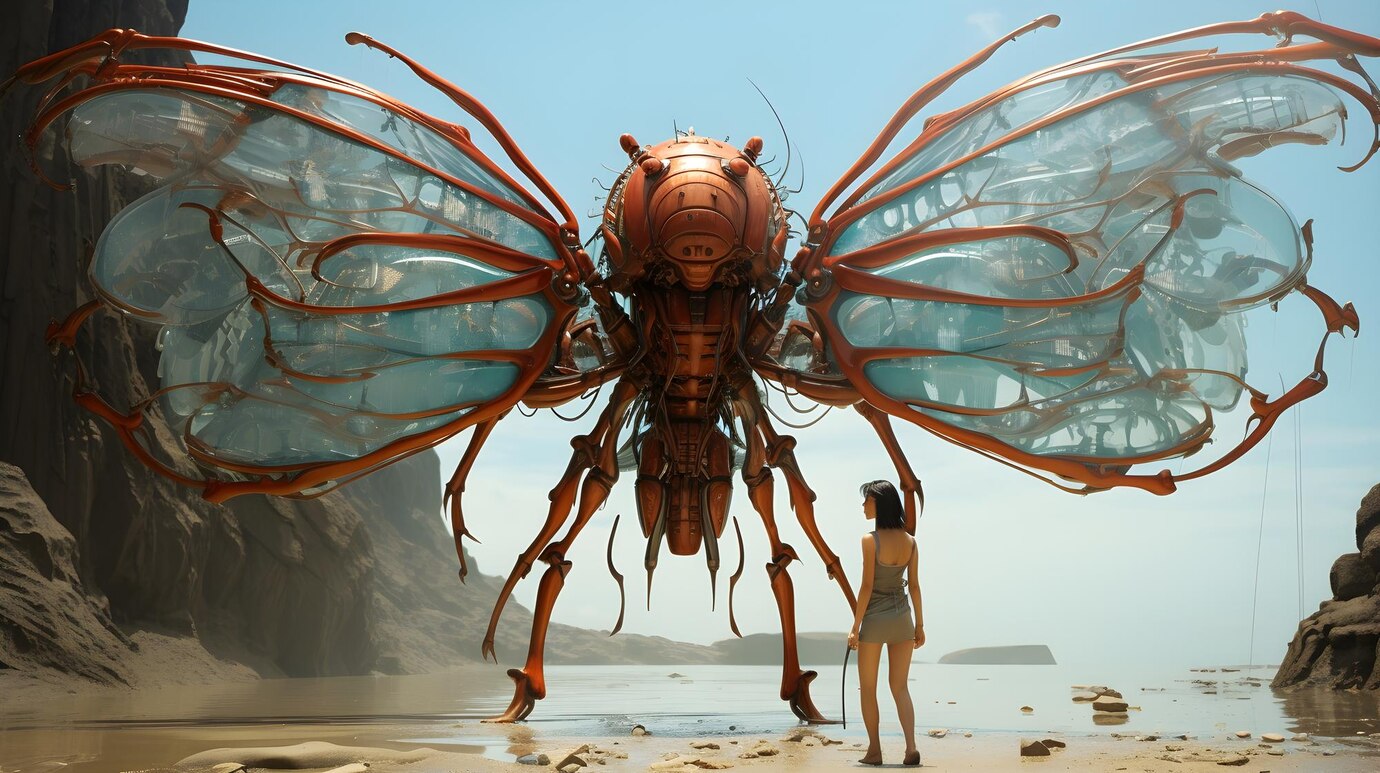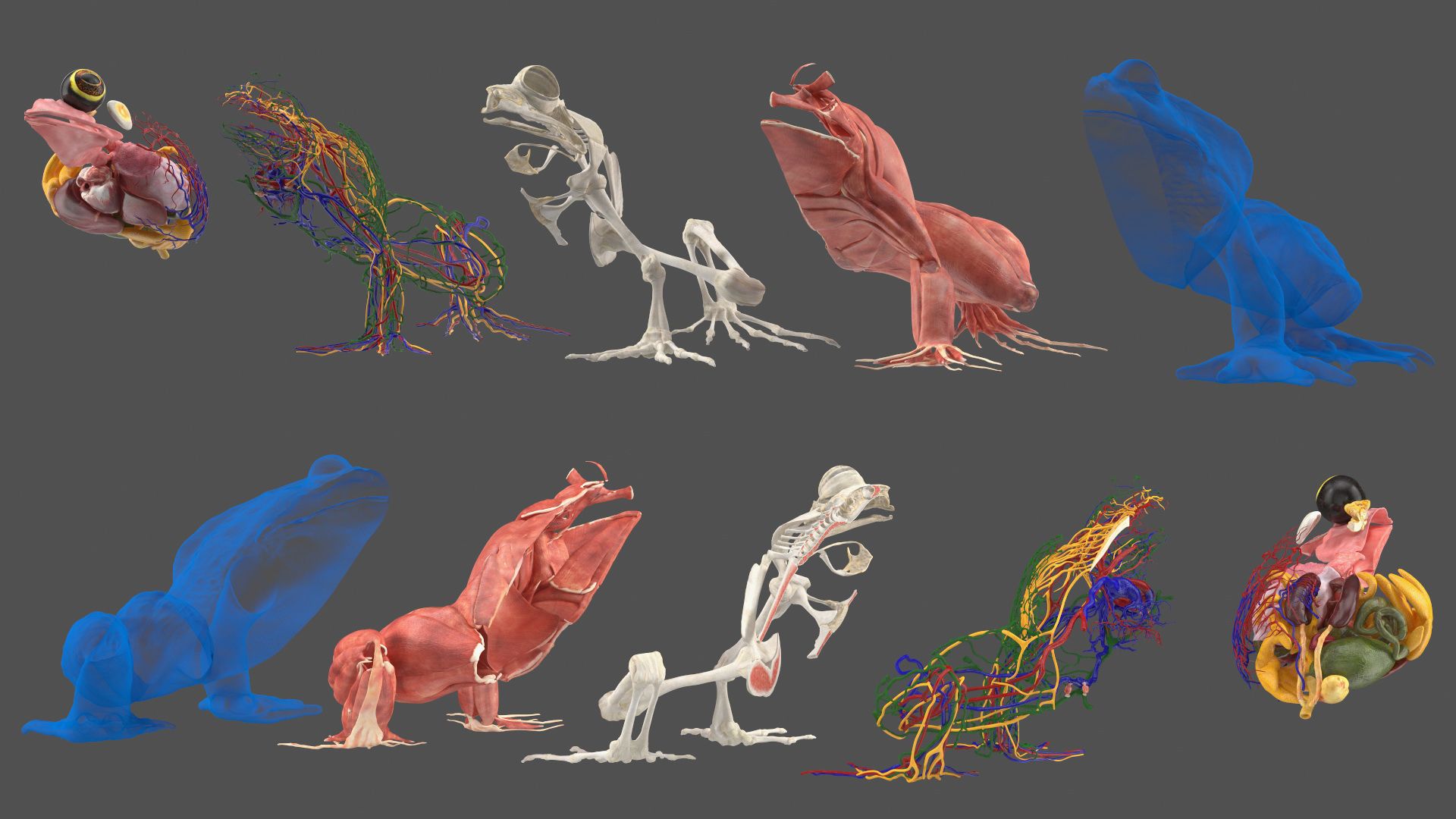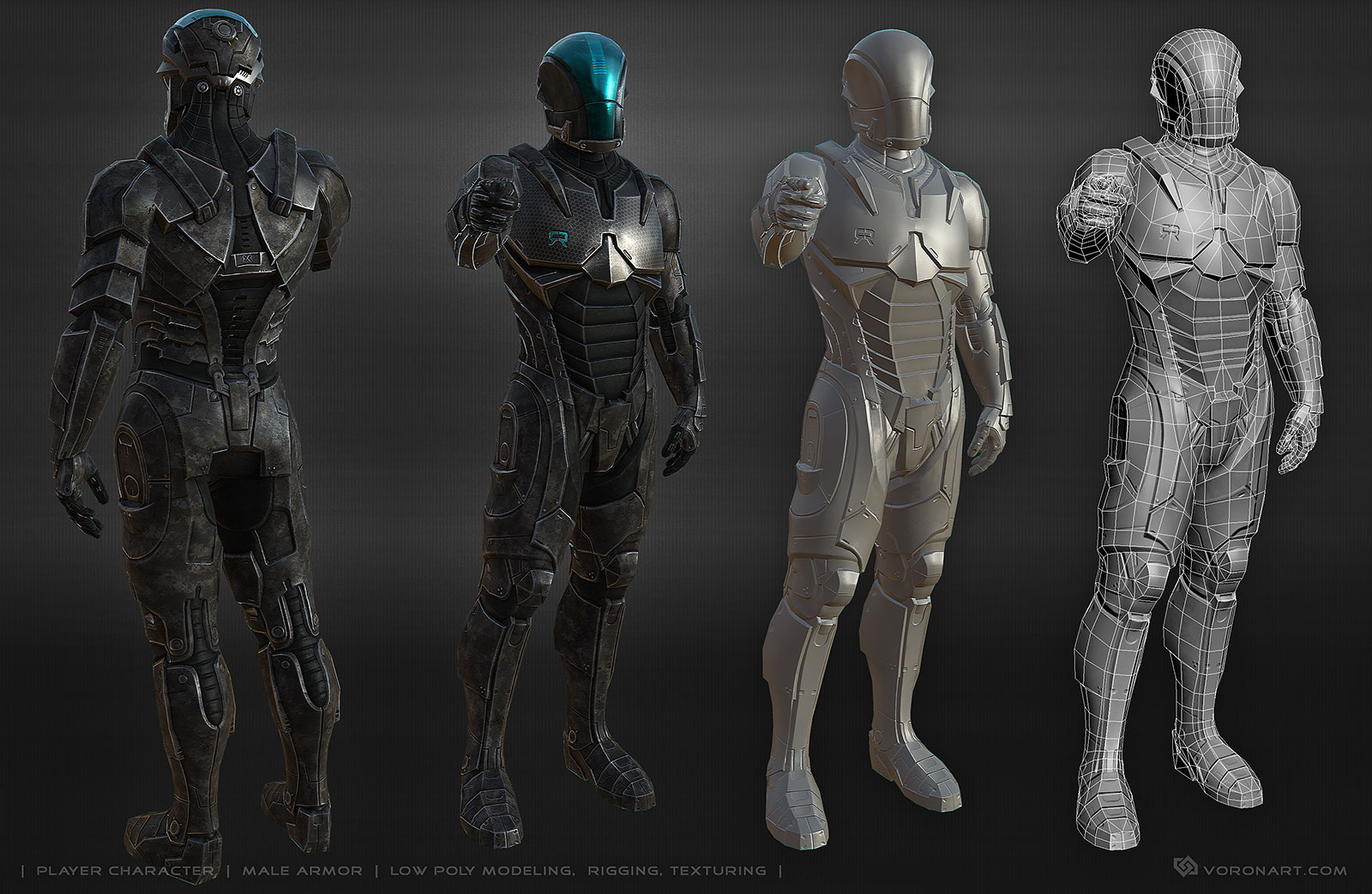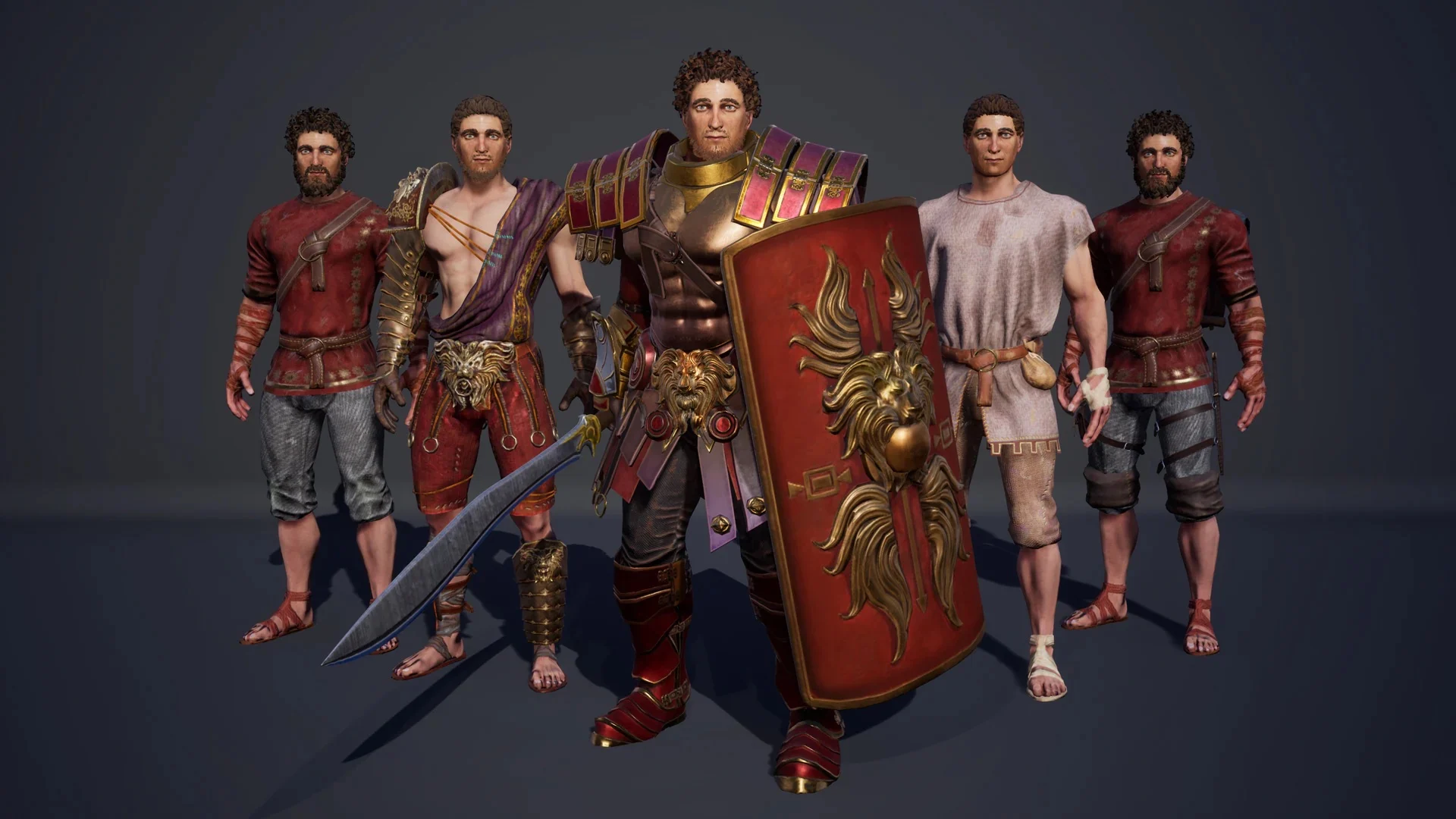
Bridging Dimensions: The Art and Aesthetics of 3D Game Modeling
Introduction
In a world where technology and creativity intersect, 3D game modeling stands as a testament to the endless possibilities this fusion can bring forth. It offers an exciting medium of invention and innovation, propelling the gaming industry to newer heights. This blog post aims to deep-dive into the fascinating realm of 3D game modeling, exploring its various aspects, and acknowledging its significance in shaping our virtual experiences.
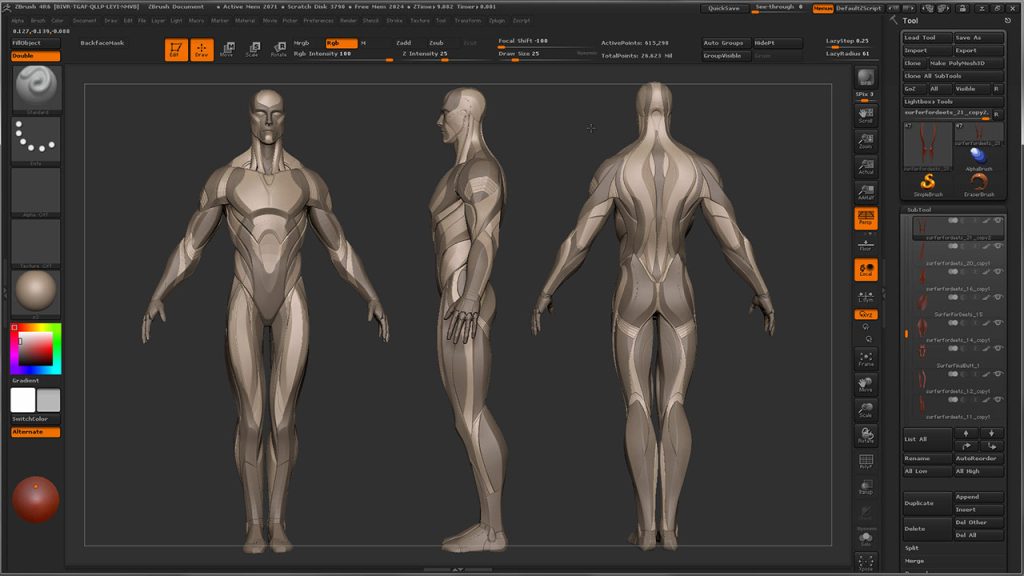
The Evolution of 3D Game Modeling
To appreciate the present dimensions of 3D game modeling, it’s crucial to understand its humble beginnings. From the pixelated sprites of the 80s to today’s incredibly realistic models, the journey of 3D modeling mirrors the advances in technology and the shift in player preferences.
The Confluence of Art and Technology
3D modeling is more than just technology; it’s a digital canvas where artists bring their concepts to reality. Technical skills like using modeling tools and software meet the artistic visualization, resulting in creations that elevate gaming experiences.
The Tools of the Trade
A vast array of software is available today to aid 3D modelers in their creative quest. Ranging from Blender, 3ds Max to ZBrush and Maya, each tool has distinguishing features that help in creating varied styles of 3D models.
The Impact of 3D Modeling in Games
3D models define the visual aesthetics of a game. They play a vital role in setting the game’s mood, communicating its narrative, and engaging the audience. Realistic 3D models can create immersive environments, bringing simplicity to complex scenarios, and vice versa.
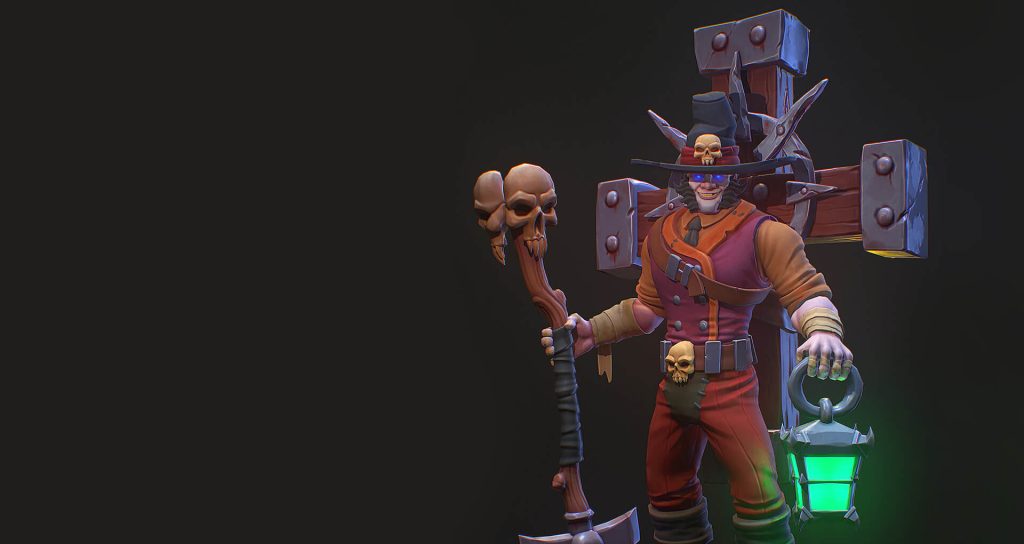
The Future of 3D Game Modeling
With advancements in VR and AR technologies, 3D game modeling is set to tread the path of greater realism and visual perfection. It’s an exciting journey ahead, and being aware of these trends can help us admire the magic these 3D creations bestow upon our gaming experiences.
Conclusion
3D game modeling is more than just a background player in the gaming industry. It’s a creative powerhouse that fuels the heart of digital games. As we continue to explore the frontiers of technology, this exciting medium will continually redefine the boundaries of our virtual realities.
By offering this online exploration of 3D game modeling, one acknowledges its role in shaping the future of the gaming industry and invites others to appreciate its significance. Let’s step into this brilliantly imaginative world together!

